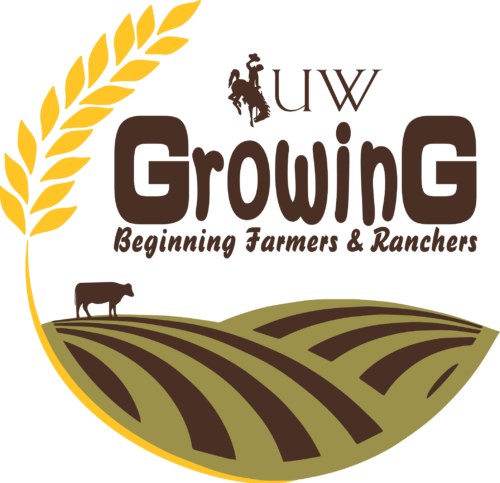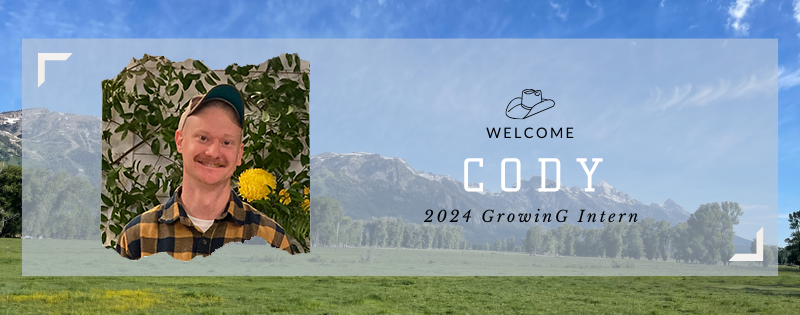The Way Of The West
#bfrdpwy #aginternship #RightRisk
This week started off with spraying for weeds in one of the larger and more rugged pastures of the ranch and almost immediately getting stuck. Luckily enough, the other intern was also in the area and was able to provide assistance in the form of an off road rescue.

Spraying for a couple of days led into mid week and with wind picking up, the spraying ceased and other “odd” jobs began to be completed; the most notable of which was placing a tire water tank in a new location to improve cow and sheep water access in that pasture.

Placing the tank involved digging out and leveling the location with the skid steer, as well as hand tools, and having the power company run a service line from the meter to the pump.
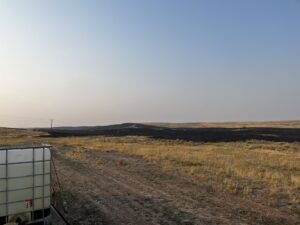
This is where previous experience was very beneficial since there was an old power panel adjacent to the pump giving us the ability to route power cabling through it instead of just having it laying on bare ground the way the power company had laid it out.
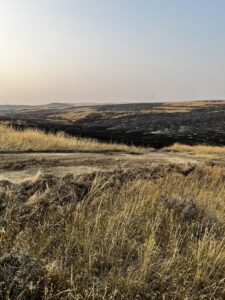
Routing the new power cables from the meter into the box and out to the water pump did away with an inline splice that was laid on bare ground waiting to be buried and involved a little bit of digging to find and access the buried conduit. We had to find which connections correlated to each other and then simply connecting the cables in the proper order.
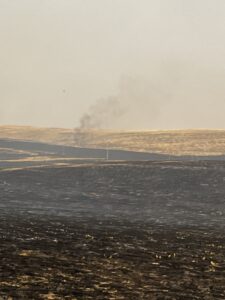
We also verified that the fuses in the safety kill switch were intact and operable, along with verifying operation and then putting partial power to the system, followed by full power to the system and making sure the water pump was operating properly. At the end of the project we all came away with a better understanding of the entire process.

As I was writing this summary on Sunday afternoon, I received a call from my host asking what I was doing, letting me know that there was a fire a few miles away from us and we were going to go help contain and extinguish it. Ranchers helping ranchers is the way of the west it seems, whether it’s for calf brandings, sheep dockings, or helping save as much range from the devastation of a wildfire as possible.
For this, like many things in ranching, every ranch has a different setup. Our setup is two 300 gallon water containers on a flatbed trailer with another 300 gallon water container, several hoses and a gas-run water pump in the back of the truck. The trailer can be dropped at a central location for resupply for not just us but for others and possibly the fire department itself depending on the severity of the fire. The truck then has better maneuverability and has plenty of water to cover a decent sized area.
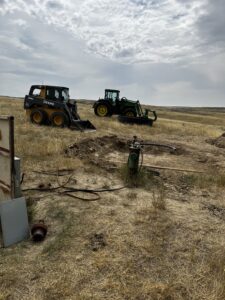
Upon arrival to the area, we saw that it had burned several hundred acres already and was at the moment partially contained. After dropping off the trailer in a safe location we worked our way to the fire line and found where there was a reflash of the the fire in a small draw about 30 yards long and immediately jumped out and began pouring water to it.
Sweeping the base of the flames as we moved along the leading edge of the fire making sure the grass line along it and clumps of sage were soaked and not going to reflash after moving on. Taking about an hour to fully control our somewhat chosen, but mostly stumbled upon, section of the fire, we needed a resupply of water and began moving towards the trailer.
From our resupply trailer we were able to survey the area and make the decision, like several others, that we were no longer needed in that section and could move on. Moving on, we found that the fire was, at that time, fully contained and no longer a threat and began preparations to return home.
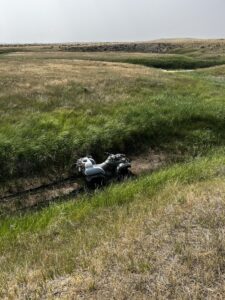
This wildfire fighting experience was unlike any other experience so far at the ranch. Learning the different aspects of fighting a fire as a civilian, as well as seeing the different truck and tank set ups the ranchers have to help other ranchers save valuable forage and keep the threat away from homes and livestock.
Submitted by: Cody Lancaster
Edits by: GrowinG Internship Team
